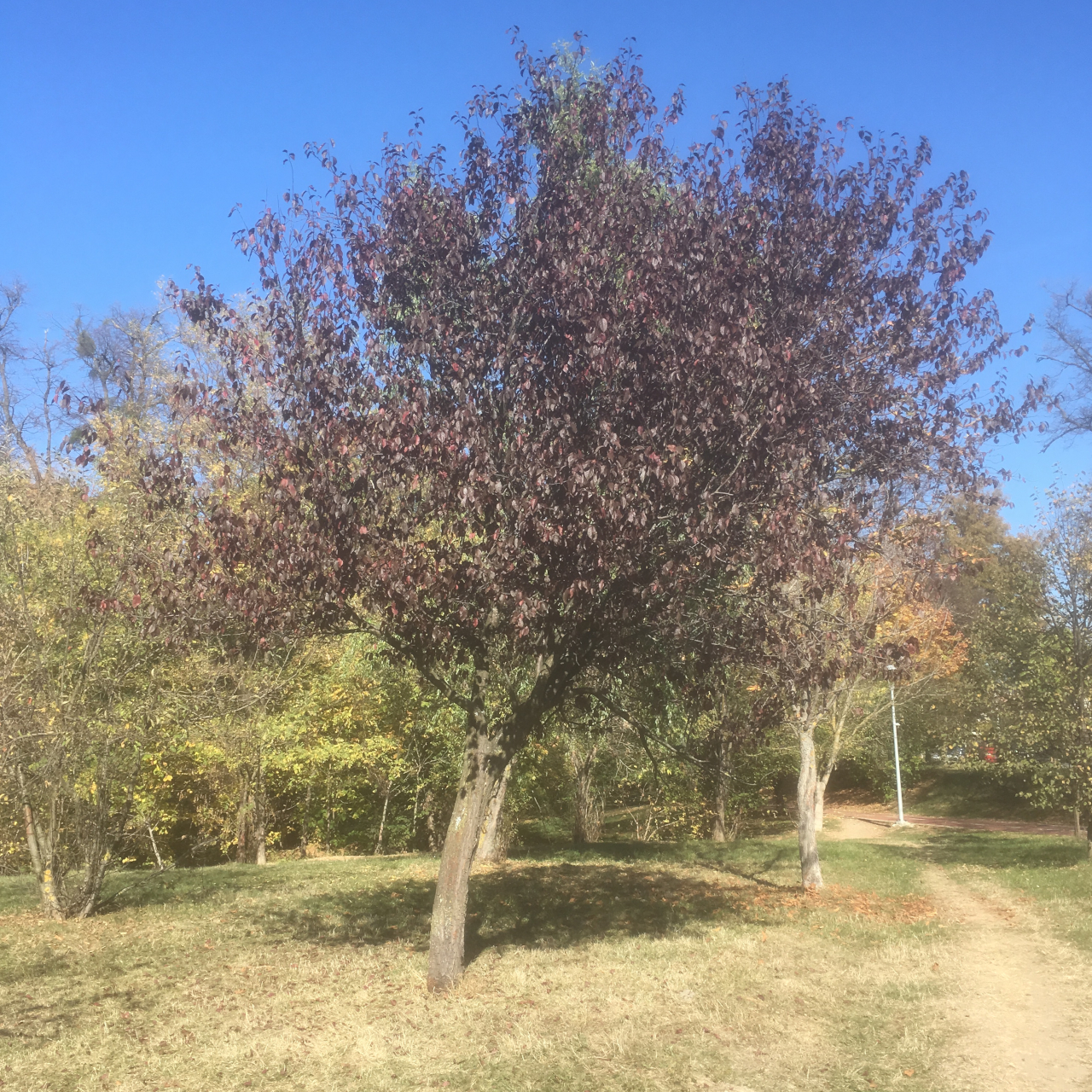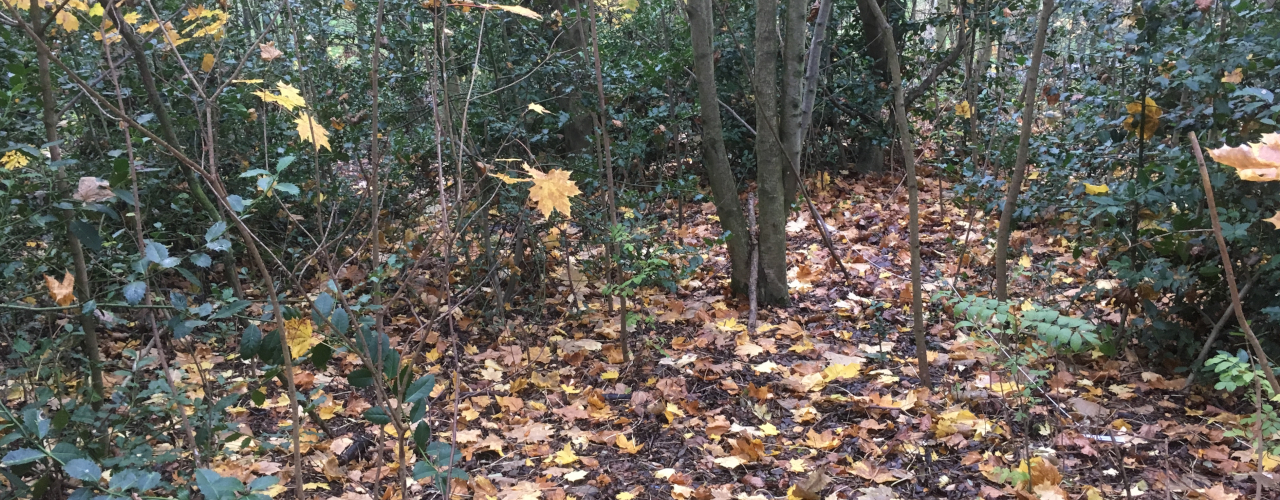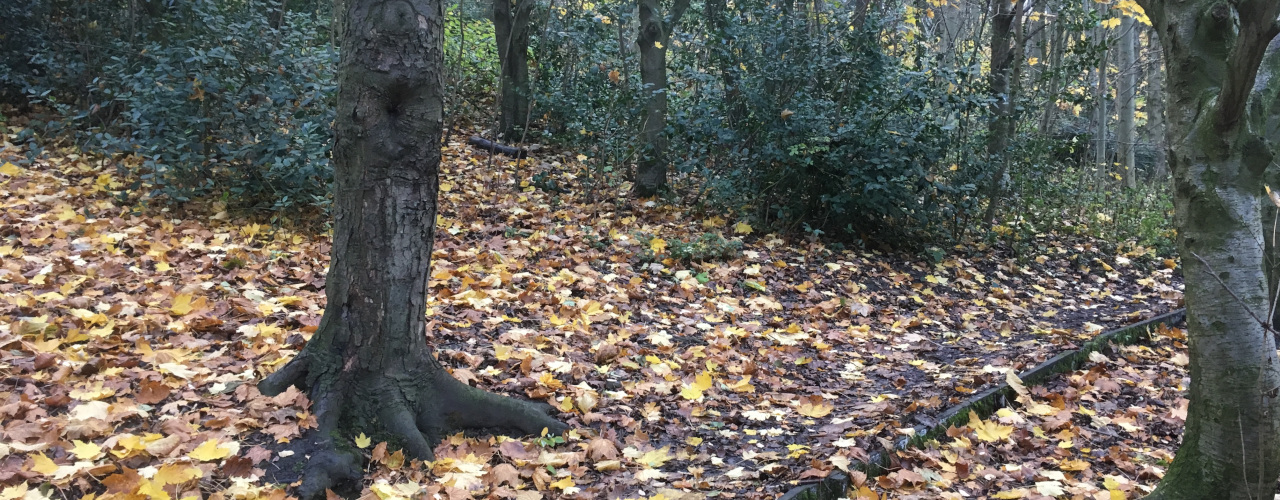Mixed Native Hedges (Part 6) - Character vs Ecology
As mentioned in my last post, to maximise the lifespan of a hedge (and value to wildlife), a species rich hedge is preferable to a monoculture/low species variety hedge. And yet, some Local Planning Authorities are still encouraging less diverse mixes, with a single species taking up over 70% of the total mix.
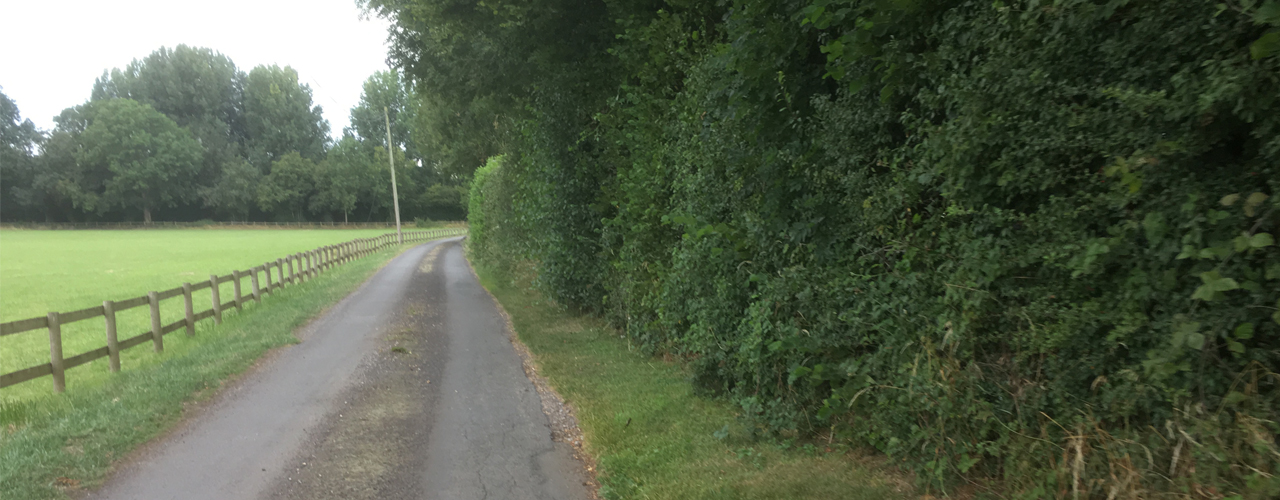
In these scenarios should we really be prioritising landscape character over the possible ecological benefits (and better hedge longevity) of a more diverse hedge mix?
Native or non-native?
Likewise, LPAs are often pushing the idea of native hedges/species in landscape schemes (as opposed to non-native hedges) for the same reason of fitting in with the local character – but also sometimes under the guise that “non-native species are less valuable to UK wildlife”.
One case study that suggests otherwise includes the research by Jennifer Owen in her garden in Leicester. Over 30 years Jennifer Owen surveyed more than 2673 species of plants and animals – and her findings showed that non-native (alien) food plants were generally more appealing to moth larvae in comparison to native species. For more information refer to Jennifer Owen’s book ‘Wildlife of a Garden A Thirty-Year Study’.
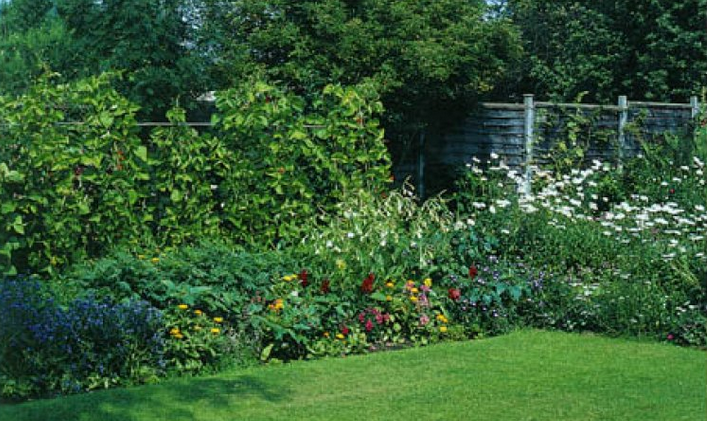
Survey Data:
Out of the 15 most eaten food plants for moth larvae, 9 were alien species, whilst only 6 were native. In the case of the Phlogophora meticulosa (angle shades moth), it ate from 42 alien species and only 12 native species.
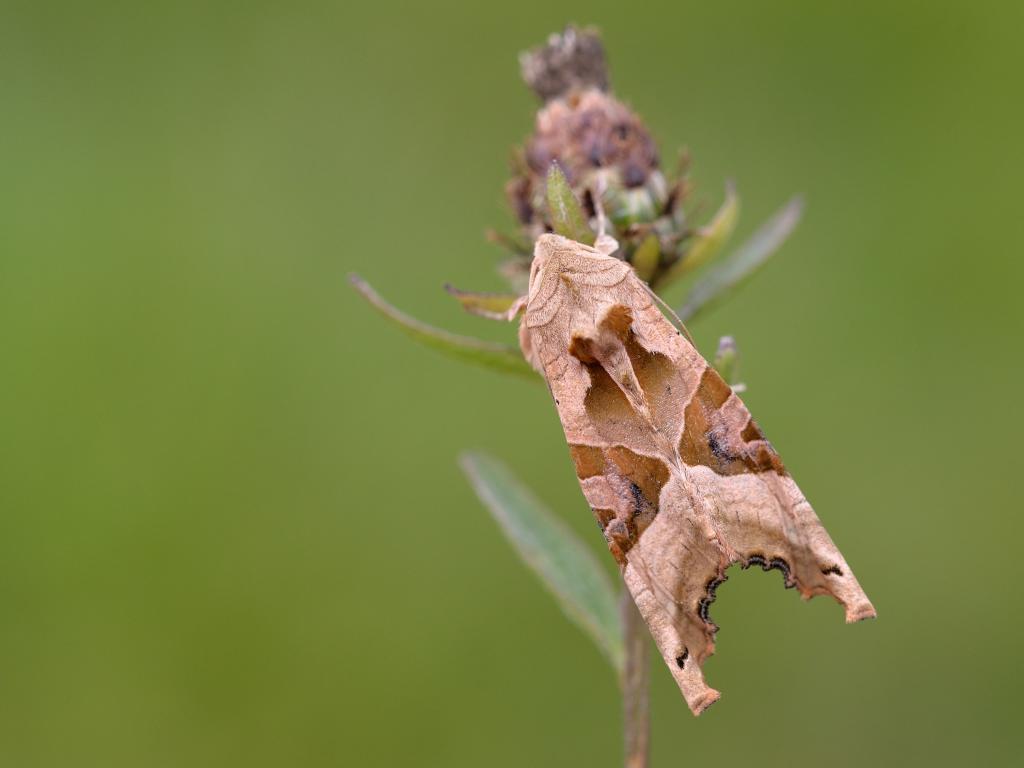
Whilst proposing ‘native’ mixed hedges can preserve the local character and familiar appearance of an area, it does not consider the future implications of climate change, nor the potential ecological benefits of introducing more of certain species into UK hedges.
As the UK climate changes with more extreme weather – including hotter, drier summers, and wetter winters - native species could become less suitable for the UK landscape. The Climate Matching Tool produced by the Forest Research and Forestry commission, is a tool that helps predict the future climate for a given area, by giving an equivalent current location with the same climate. With this tool we can predict what species may be better suited to the future climate and plan accordingly.
The introduction of select alien (non-invasive) species to supplement native hedges could help pre-emptively mitigate some of the damage to come when certain native species struggle to adapt. For example, one species that could be introduced into native mixes could include Prunus cerasifera– which is tolerant to both drought and heat - producing early flowers in spring and small fruits. All this with the added bonus of having attractive dark foliage.
A few final thoughts
Should the landscape character of an area override any benefits to ecology or landscape longevity?
Can most people actually identify whether a species in a hedge is native or even typical of a certain landscape character?
Should LPAs be less restrictive when it comes to species selection of mixed hedges to boundaries, so that more climate adaptive mixes/variations can be specified for the future?
